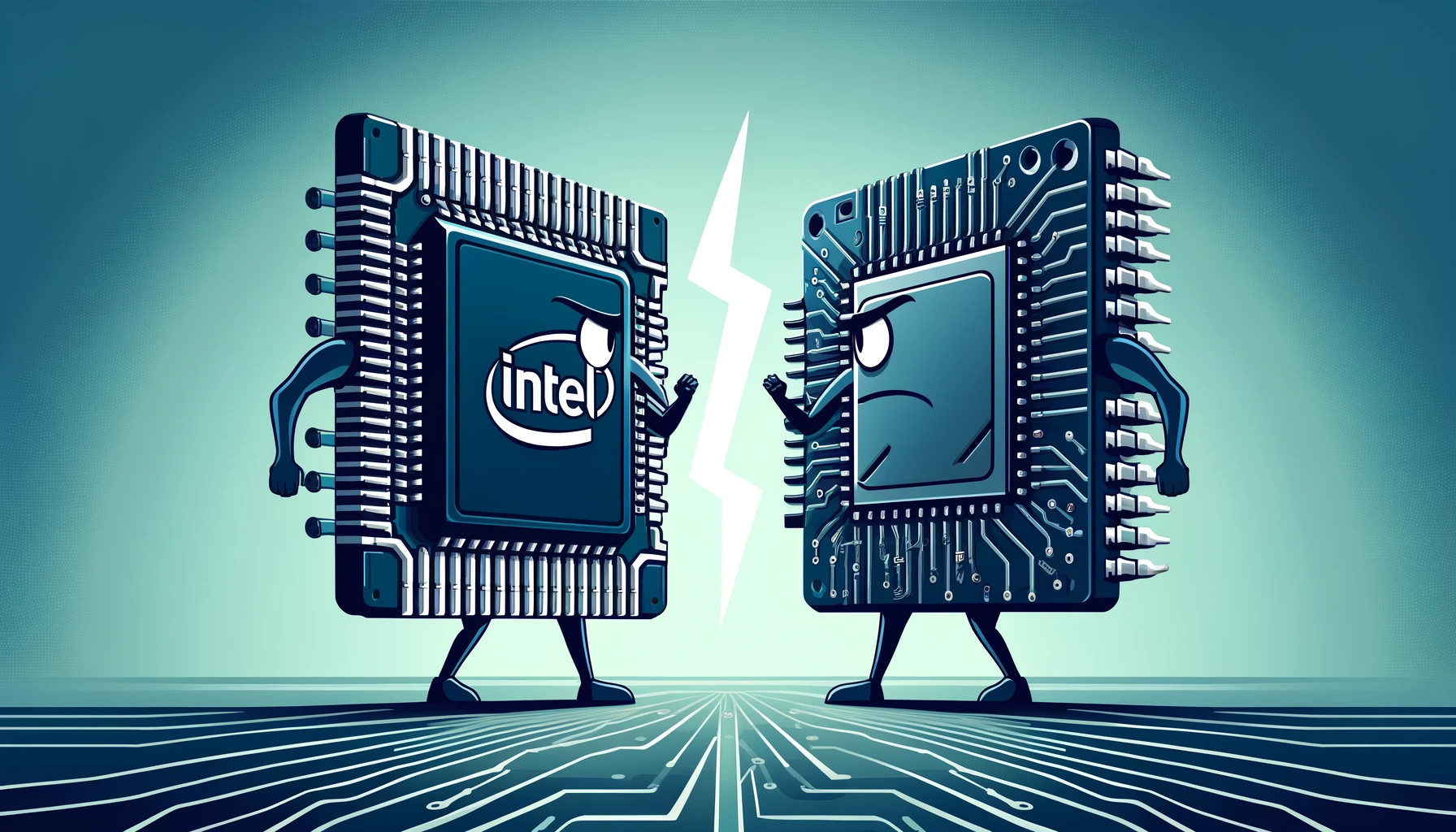
In the ever-evolving landscape of computer hardware, stability remains paramount, especially for gamers pushing their systems to the limits. Recent developments in the realm of motherboard BIOS updates have thrown Intel‘s 13th and 14th Gen i9 processors into the spotlight, as users grapple with crashes during intense gaming sessions. This article delves into the ongoing saga, exploring the differing perspectives and potential solutions offered by both motherboard manufacturers and Intel itself.
In a recent twist of fate, motherboard manufacturers have taken the initiative to address the instability plaguing Intel’s latest i9 processors. These high-performance chips, renowned for their processing prowess, have encountered hiccups in the form of unexpected crashes, much to the dismay of avid gamers worldwide. Intel, upon acknowledging these issues, embarked on a quest for solutions, prompting motherboard manufacturers to step up and offer BIOS updates aimed at mitigating the problem.
Last month, Intel officially acknowledged the stability concerns surrounding its 13th and 14th Gen i9 processors and initiated investigations to pinpoint the root cause. However, in a surprising turn of events, the tech giant has cautioned gamers against adopting the settings recommended by motherboard manufacturers. This divergence in approach has sparked a contentious debate within the tech community, as users grapple with conflicting advice from industry titans.
At the heart of the disagreement lies the approach to adjusting CPU settings for optimal stability. Manufacturers such as Asus have advocated for an “Intel Baseline Profile,” favoring basic functionality and lower power limits. Conversely, Intel champions a higher power profile tailored to specific motherboard and processor models. This clash in ideologies underscores the complexity of addressing stability issues in cutting-edge hardware.
| Manufacturer | Recommended Profile | Description |
|---|---|---|
| Asus | Intel Baseline Profile | Prioritizes basic functionality and lower power limits |
| Intel | Intel Default Settings | Advocates for a higher power profile tailored to motherboard and processor capabilities |
According to Intel, several motherboard manufacturers have released BIOS profiles labeled as “Intel Baseline Profile,” which diverge from Intel’s recommended “Intel Default Settings.” These disparities stem from differing interpretations of power delivery guidelines, with Intel cautioning against utilizing baseline settings on boards capable of handling higher values.
Intel has elucidated its stance on the matter, emphasizing the distinction between “Intel Baseline Profile” and “Intel Default Settings.” The former appears rooted in older power delivery guidelines provided to manufacturers, while the latter encompasses a nuanced blend of thermal and power delivery features tailored to motherboard capabilities. This clarification aims to guide users towards a more informed decision-making process amidst the ongoing instability saga.
While motherboard updates may offer a glimmer of hope for stability-seeking users, the trade-offs in performance cannot be overlooked. Enabling baseline profiles often entails downclocking processors, potentially sacrificing speed for stability. This conundrum places users in a precarious position, forced to weigh the benefits of enhanced stability against the allure of peak performance. As the debate rages on, the tech community eagerly awaits a resolution that reconciles stability concerns without compromising on performance.
In the midst of this tumultuous landscape, users find themselves at a crossroads, tasked with navigating the path forward amidst conflicting advice and uncertain outcomes. The convergence of Intel’s recommendations and motherboard manufacturer updates underscores the need for collaboration and communication within the tech ecosystem. As stakeholders grapple with the intricacies of hardware optimization, the quest for stability remains an ever-present challenge, driving innovation and resilience in equal measure.
In conclusion, the saga of Intel’s stability woes serves as a poignant reminder of the complexities inherent in cutting-edge technology. While BIOS updates and manufacturer recommendations offer potential solutions, the journey towards stability is fraught with obstacles and trade-offs. As users forge ahead in search of the elusive balance between performance and stability, the tech community stands united in its pursuit of a brighter, more resilient future.
Related News:
Featured Image courtesy of DALL-E by ChatGPT
